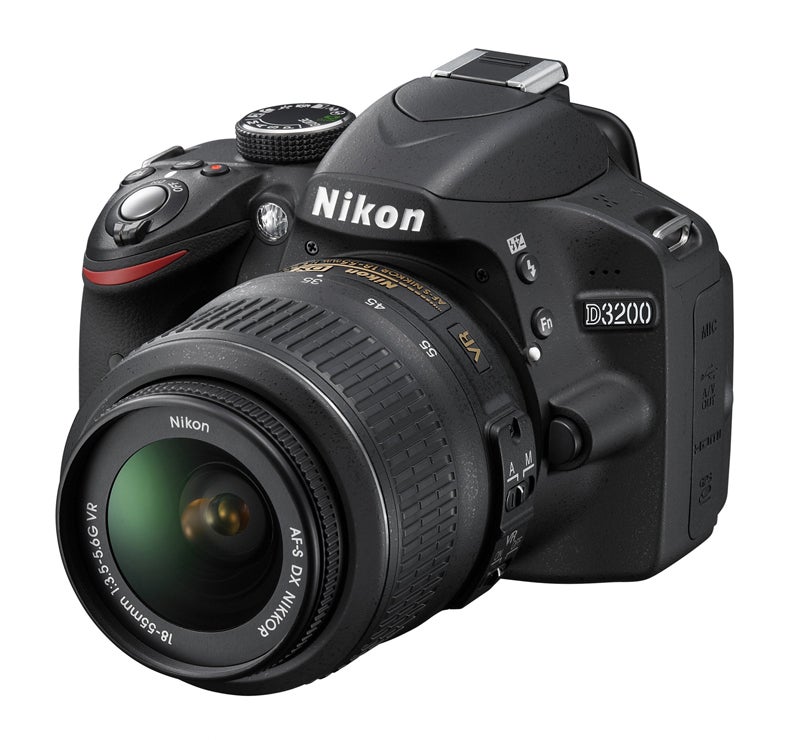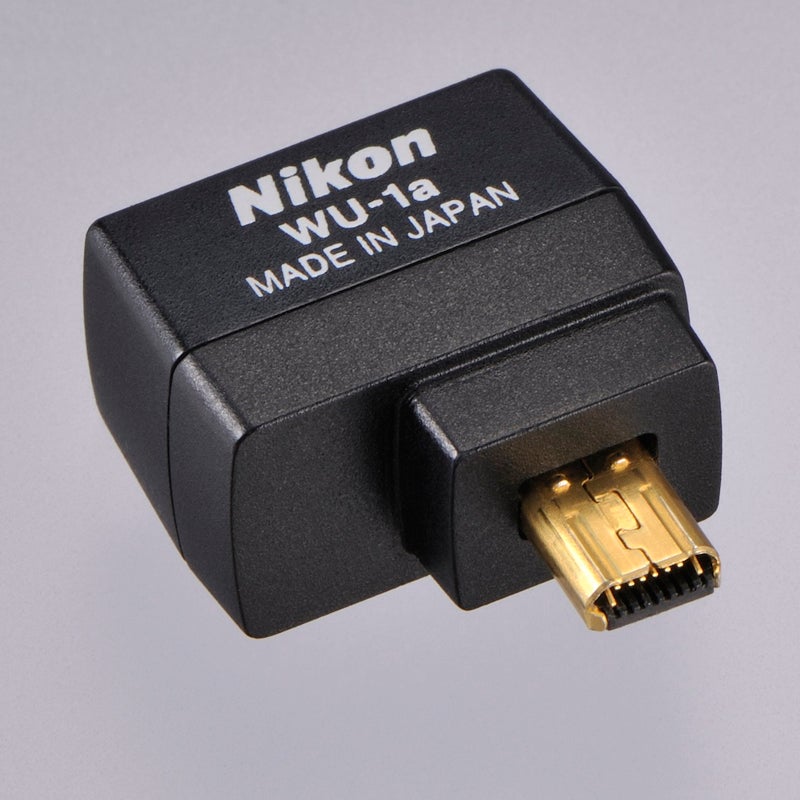Featuring an impressive specification, but also promising to be accessible for beginners, is the Nikon D3200 the perfect entry-level DSLR? Find out in the What Digital Camera Nikon D3200 review
Nikon D3200 Review
As the popularity of Compact System Cameras increases with a host of new models, it’s been pretty quiet period for entry-level DSLRs over the last twelve months. This is about to change with the arrival of the Nikon D3200.
Boasting a resolution that’s a match for much higher priced models, while at the same time promising to make the transition from a point and shoot compact to a DSLR a breeze with a built-in Guide Mode, the Nikon D3200 looks set to tempt potential Compact System Camera purchasers back to a DSLR. Has it done enough?

Nikon D3200 Review – Features
The most dramatic change from the 14.2MP D3100 (which will continue in the Nikon DSLR line-up for now) is the arrival of a 24.2MP CMOS sensor. Not only does this mean it has the second highest pixel count in the entire Nikon DSLR line-up behind the pro-spec 36.3MP full-frame D800 (eclipsing both the higher priced D5100 and D7000 as well), but offers one of the highest pixel counts ever seen on a APS-C DSLR.
Nikon hope the boost in resolution over the D3100 will see entry-level users wanting to crop images and refine composition safe in the knowledge that there will be limited impact on image quality.
While cropping is pretty straightforward in image editing programmes, and photos can be trimmed in-camera after capture, the inclusion of a specific telezoom crop mode on the Nikon D3200 would have been welcome – Sony’s SLT range of cameras already feature something similar called Smart Teleconverter, while Nikon themselves have a host of crop modes on offer in their high-end full-frame DSLRs.

The Nikon D3200 features the same EXPEED 3 image-processing engine that’s found in the top-of-the-line D4 and D800. Capable of shooting from ISO 100-6400, this can be expanded a stop to an ISO equivalent of 12,800 if required.
Considering the resolution, the maximum frame rate of 4fps (frames per second) is pretty good and compares well with the competition, while it’s also up on the 3fps offered by the D3100. There’s also a Quiet Shutter Release mode, where the sound of the shutter is dulled, so when you need to shoot unobtrusively, you can.
Nikon has stuck with the 11-point Multi-CAM 1000 autofocus module that was featured in both the D3100 and D3000. Along with Single-point AF and dynamic-area AF, there’s auto-area AF and Nikon’s clever 3D tracking.
This mode will track your subject from AF point to AF point as it moves across the frame, utilising colour and distance information from the Nikon D3200’s 420-pixel RGB sensor that provides input into the Scene Recognition System. Just like previous entry-level Nikon DSLRs, the Nikon D3200 doesn’t feature a built-in AF motor. This isn’t a major issue, as the majority of the Nikon lens line-up features lenses with their own built-in motors (designated AF-S), but it is worth bearing in mind if you’re planning on using or buying older designs that don’t offer this, as manual focus will only be achievable.
The Nikon D3200 sports an optical viewfinder with a 95% coverage of the frame – this is pretty much par for the course with DSLRs of this class, and while good, there will be times when you’ll need to be careful of unwanted elements straying into the edge of the frame.
While the rear screen remains flush with the body, it does see a jump in resolution, with the 3in screen on the Nikon D3200 now featuring a resolution of 921k-dots compared to 230k-dots on the D3100.
The Nikon D3200 is designed to be as simple or as advanced as you want it to be. If you’re just making the jump from a compact camera, then there’s a dedicated Guide Mode found on the main mode dial. While this isn’t a new feature on entry-level Nikon DSLRs, it’s been refined, offering even more guidance when picture taking.
The Guide Mode includes text and photo graphics, with advice on how to achieve a range of shots – low key, sunset, blurred background for instance, in an easy to follow step-by-step guide. Once you’ve built-up a bit more of a working knowledge, then simply flick over to the more advanced controls on offer.
Like the Nikon D5100 model, the Nikon D3200 also includes a host of in-camera Effects that include Monochrome, Miniature, Sketch and a variety of others. Rather than apply these at the point of capture though, these can be only added after you’ve taken the photo. There is also a Retouch menu with a selection of tools to edit and adjust your image including straighten horizons, trim photos and control distortion.
Via the additional WU-1A transmitter (£54.99), the Nikon D3200 has a host of Wi-Fi connectivity. This small unit connects to the D3200 via the mini-USB socket on the side of the camera and allows you to transmit images to a host of devices.
Images can be shared directly with Facebook, back-up images to a computer or sent to an Android smartphone or tablet via a downloadable app – an Apple iOS version will be available a little later. As long as your no further away than 49ft, you can also stream the Live View feed from the Nikon D3200 to your Android device and be able to shoot remotely as well.





